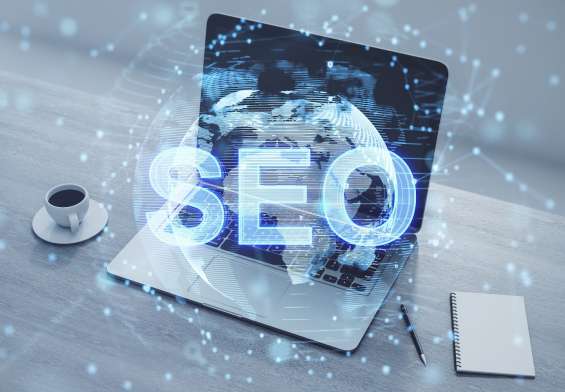As the coronavirus pandemic continues to upend everyone’s lives into the final quarter of 2020, businesses are becoming more dependent on digital marketing to keep their head above water. Since live events like trade shows and conferences have basically gone extinct for the foreseeable future, companies have no choice but to seek out other ways to network, build relationships, and reach their target audience. While companies both large and small will not recoup losses due to cancelled or postponed events, they can reduce losses by expanding their digital footprint.
Marketing Budgets Go Digital
Since people are spending much more of their time at home instead of on the road at events or client meetings, they have more time to develop focused digital strategies. As a result, digital marketing agencies have reported an uptick in the last couple of months from companies looking to develop or update websites, launch new e-commerce channels, and expand their social media presence. Furthermore, these companies are recognizing the need to develop campaigns focused on home workers and how people are coping with Covid-19.
Because big companies usually spend as much as 60 percent of their budgets on live events, many of them can divert money towards digital marketing efforts that would normally have been allocated elsewhere. Essentially, this is the perfect time for businesses that were bound to traditional marketing methods to take advantage of different digital channels.
Advantages of Digital Marketing
One important advantage that digital marketing enjoys over traditional marketing is that its marketing channels are totally immune to Covid-19 social distancing guidelines.
Another advantage is that online customers create a treasure trove of digital data that enables brands to track how customers interact with their brand. With this type of information, companies can make much more informed decisions about how to position their brand.
Time to Update Your Messaging
To stay relevant, companies should use digital channels to update or change their content to reflect the difficult times everyone is going through. You might have already seen commercials showing people wearing masks and observing social distancing.
The last thing companies want to do is to appear out of touch with the difficulty and suffering Americans have endured this year. Kentucky Fried Chicken, for example, has always relied on the slogan “finger lickin good” in their advertising. After the coronavirus forced people into wearing masks and keeping their hands away from their faces, they decided to hit the pause button on their slogan and to run new ads that incorporate hand washing and social distancing practices.
Experiential Marketing Gains a Foothold
Because of the move away of in-person networking and events, there has been a greater emphasis on experiential marketing. Indeed, statistics show that more than 80 percent of users prefer brand videos instead of written content such as blogs or text-focused social media updates. Consequently, webinars and webcasts have skyrocketed in popularity in recent years.
In other words, brands realize that they must do more to excite their audiences through digital channels. Companies need to think about how their customers can interact with their brand from a computer screen or a phone or a tablet. For experiential marketing to resonate, it must be personalized and controlled by the consumer. To engage customers within their preferred channels, brands need to reposition their products and services for the digital world in a way that speaks to consumers individually.
Virtual and Augmented Reality
As a result, many companies are taking advantage of newer technology such as virtual or augmented reality. Using VR or AR, customers can experience a brand’s space or product right from the comfort of their own homes. Moreover, AR and VR are already supported by most Android and Apple devices. With experiential marketing, it’s all about building a brand by enhancing the overall customer experience.
Clearly, the Covid-19 crisis has forced brands to look for other ways to survive that transcend traditional marketing methods and in-person interactions. As companies are beginning to reap the benefits and opportunities that digital channels provide, it is likely they will remain an integral part of their long-term marketing plans.
Indeed, both brands and consumers have made the change overnight to a digital-only reality. The companies who can adapt the fastest to this new reality will find it much easier to stay connected to their target audience and to stay a step ahead of their competition.
In other words, whether businesses want to or not, they will need to be more proactive with their content marketing, social media marketing, and SEO tactics to remain viable in the times of Covid.





